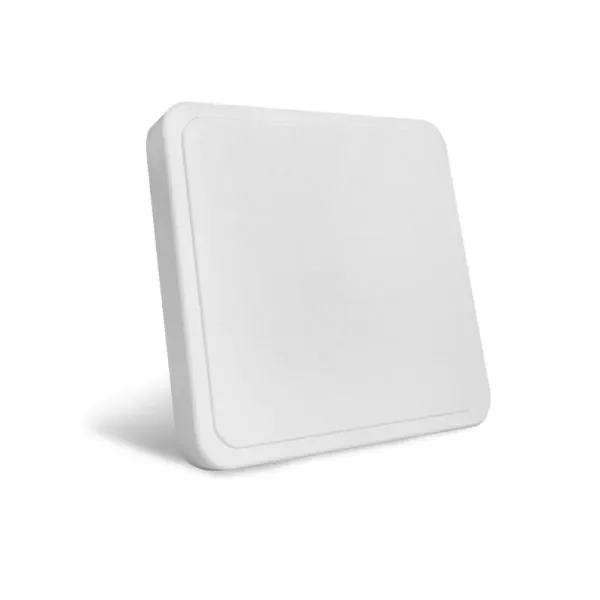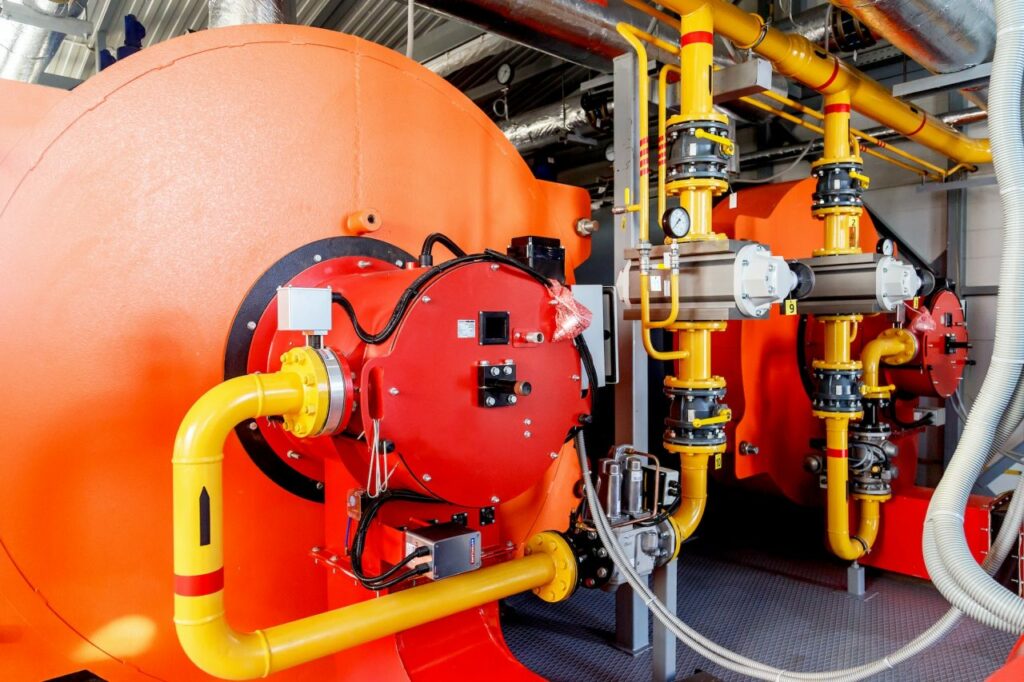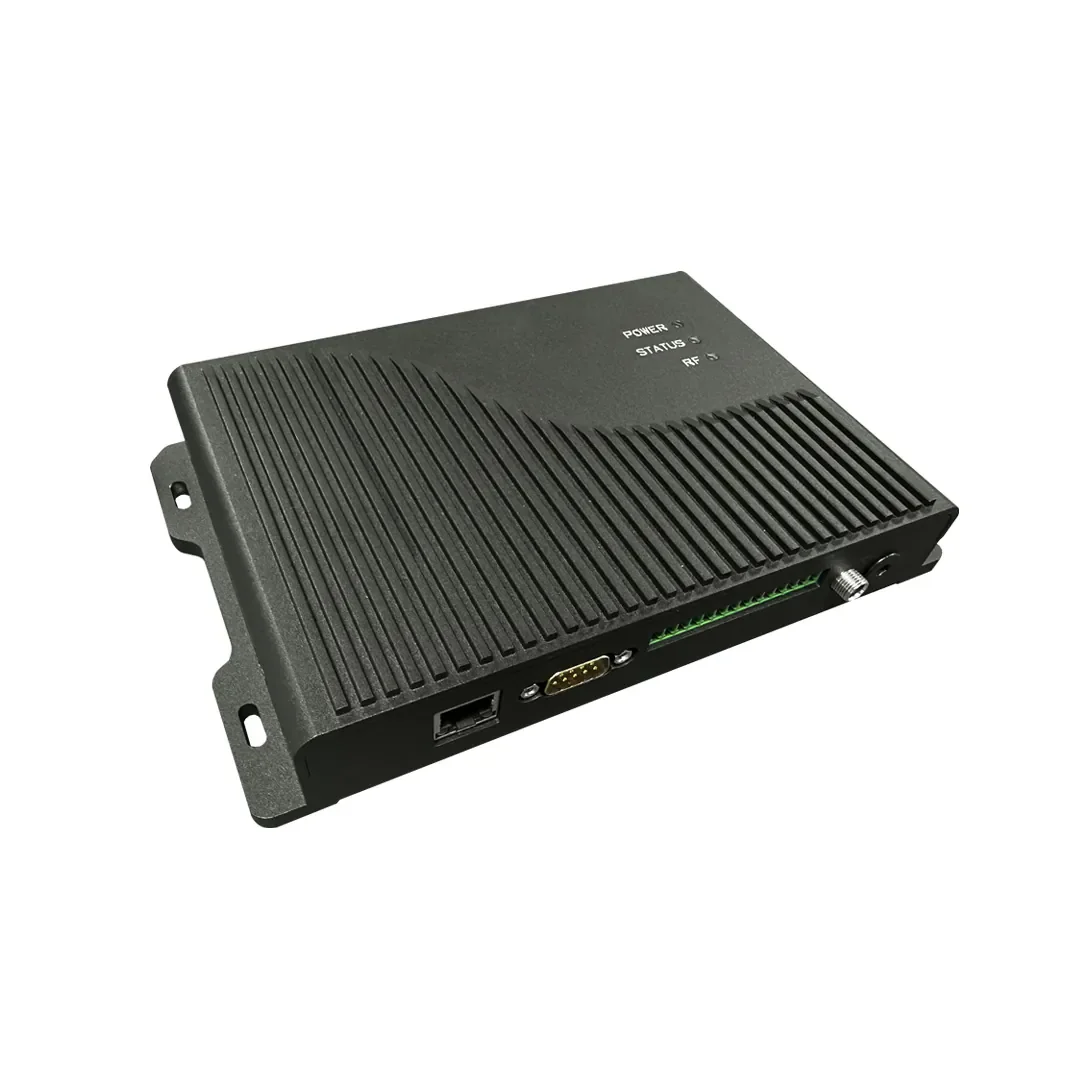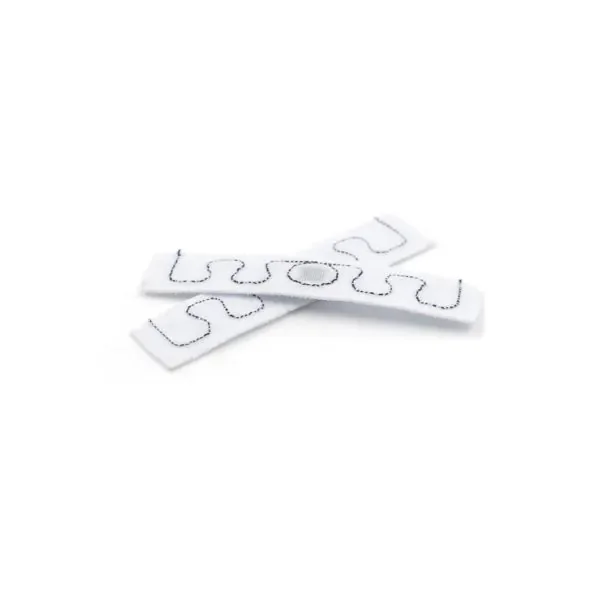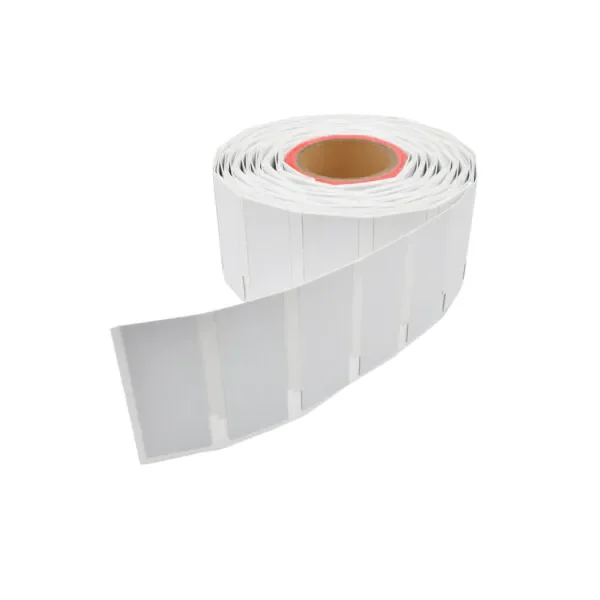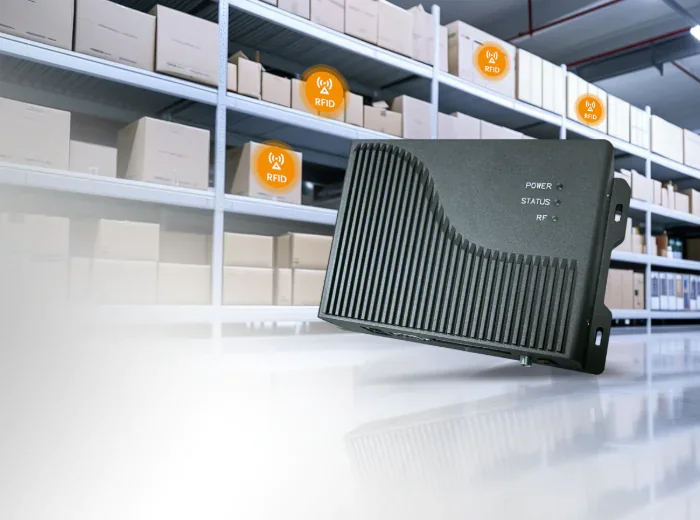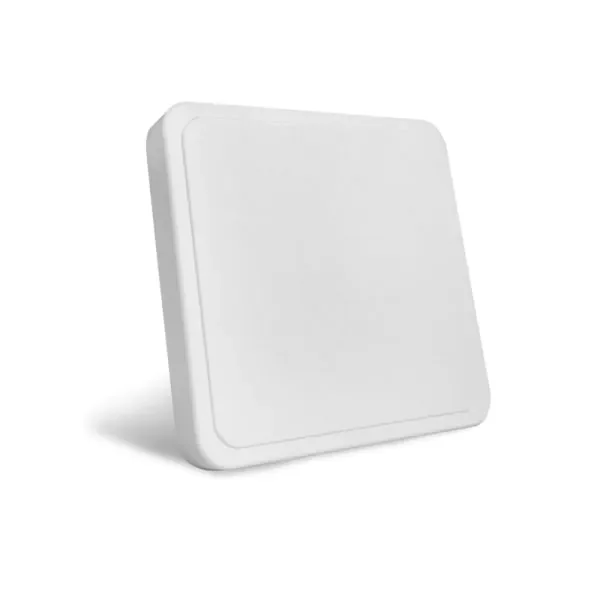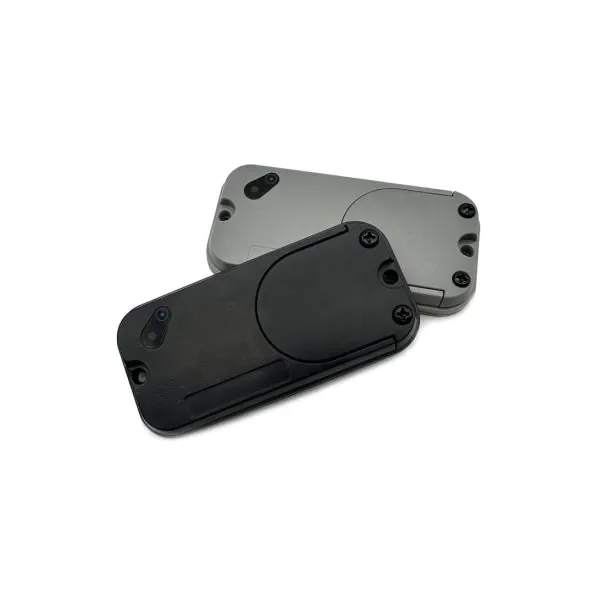Fundamentally, every RFID system relies on a silent conversation, a dialogue conducted not with words but with radio waves. At the heart of this exchange lies a component we at RSTC know intimately: the RFID antenna. This essential device acts as the critical bridge, enabling communication between an RFID reader and the tags themselves. Its sole purpose is to transmit and receive the radio frequency energy that facilitates data transfer. Simply put, without a properly functioning RFID antenna, whether it’s built into the reader or a separate unit, the entire system fails to capture the information stored on tags. Gaining a clear picture of what an RFID antenna does and the various types available is the first step in deploying an effective solution.
Table of Contents
ToggleThe Primary Function of an RFID Reader Antenna
An RFID reader antenna is not merely an accessory; it is the voice and ears of the reader. When we examine its role, we see a two-way process. First, the antenna converts electrical current from the RFID reader into radio waves, which are then broadcast into the surrounding environment. These waves provide the power to wake up and energize passive tags. Second, the same antenna listens for the faint signal reflected back from the tags, converts that signal back into electrical current, and sends it to the reader for decoding. This continuous cycle of sending and receiving is what allows for automatic, wireless identification and data capture. The performance of this specific RFID reader antenna directly dictates the system’s read range, accuracy, and reliability.
Common Types of RFID Antenna Designs
Various applications demand different antenna characteristics. We categorize them based on their polarization and radiation pattern, which influence how they project energy and read tags. Linear Polarized Antennas focus energy in a single, narrow plane, offering longer read ranges but requiring precise alignment between the tag and the antenna. Conversely, Circular Polarized Antennas emit energy in a corkscrew pattern, providing a wider read field and the ability to read tags at various orientations, which is ideal for unpredictable environments. Other common forms include Patch Antennas, often compact and directional for specific mounting, and Omni-Directional Antennas, which radiate signal in a 360-degree pattern for broad coverage.
Sourcing from Professional RFID Antenna Manufacturers
Given these technical variations, identifying the correct antenna for a specific use case—considering factors like frequency, environment, and required read range—is a complex task. This is where the expertise of seasoned RFID antenna manufacturers becomes invaluable. As one of these specialized RFID antenna manufacturers, RSTC provides a diverse portfolio of antennas in numerous form factors and sizes. Our role extends beyond supply; we offer the technical insight to help you evaluate your application’s needs, ensuring the selected antenna delivers optimal performance and integrates seamlessly with your overall system infrastructure.
In summary, the RFID antenna is a deceptively simple component that performs a profoundly complex job, acting as the indispensable link in any RFID system. Its design and selection are pivotal to achieving operational goals. A deep understanding of its function and the available types is crucial. For those looking to implement a robust solution, partnering with experienced RFID antenna manufacturers like us at RSTC ensures access to both the right hardware and the necessary guidance for a successful deployment.

